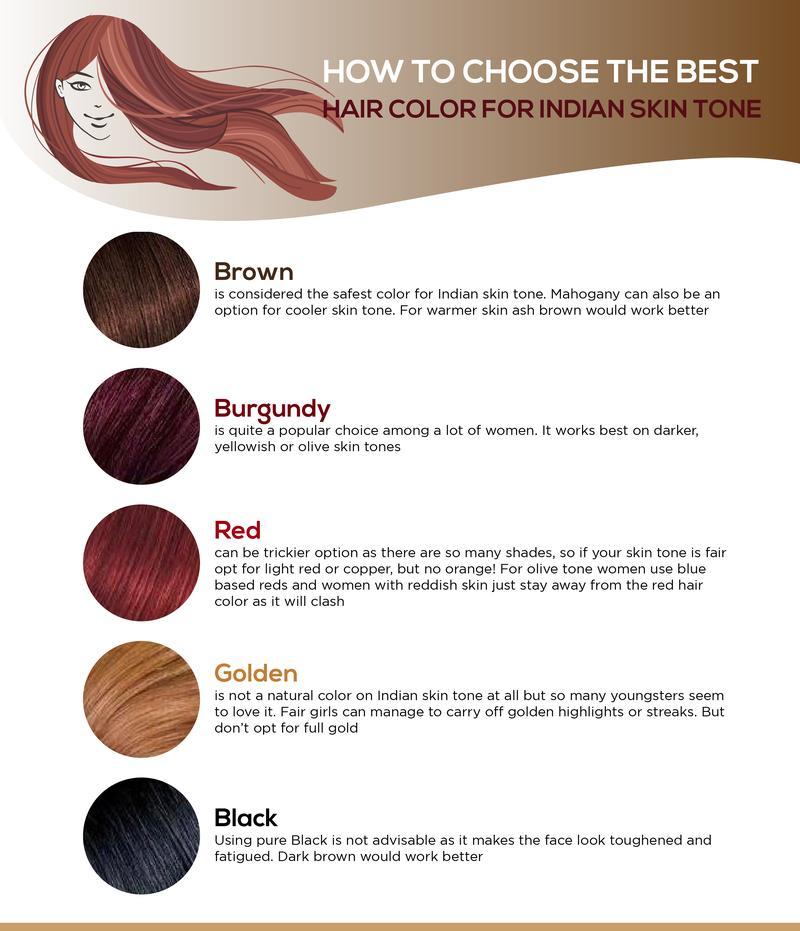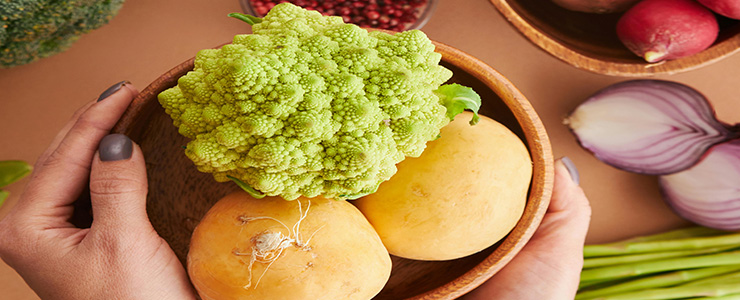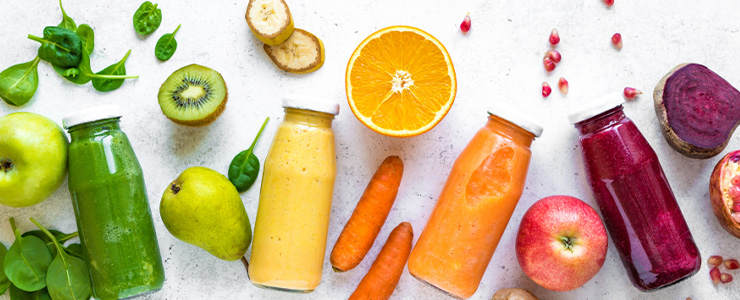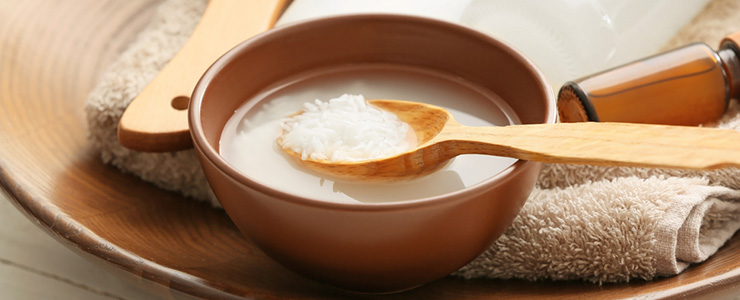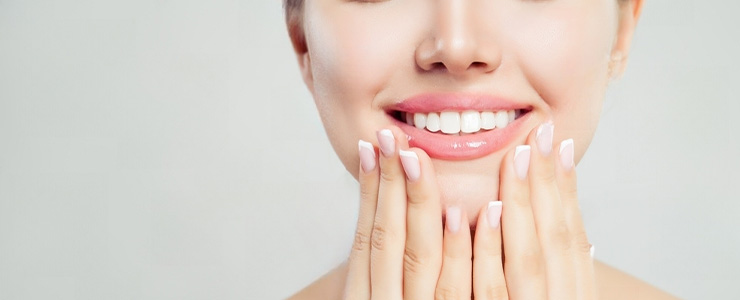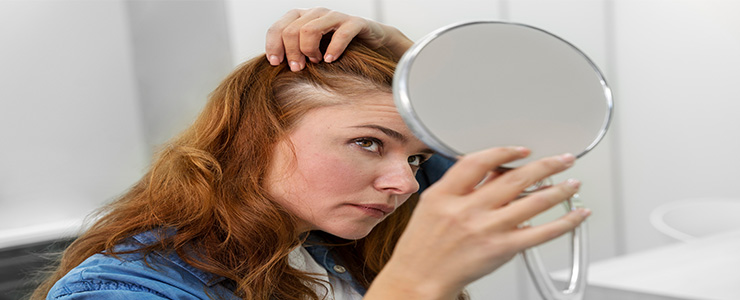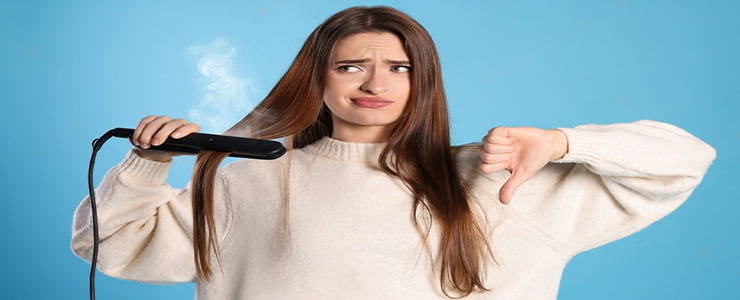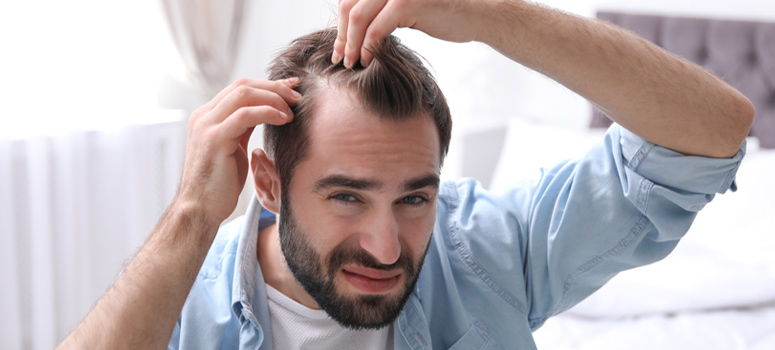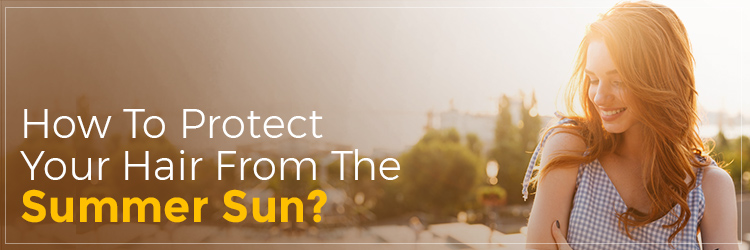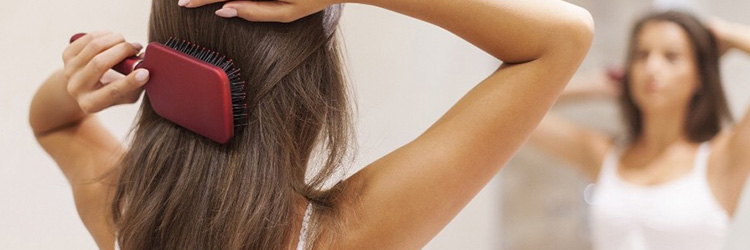Having a new hair color, whether to match the season or for no reason, has become a fashionable trend, not just in youngsters or teens but also among the older generation. Experimenting with your hair color has gone beyond the need to hide grey hair, it has become more about expressing your personality and choice through highlighted or colored hair. Take a look around you and you will notice browns, burgundy, golden or even red… all color shades that are not naturally found, visible on Indian heads!
But hair coloring is basic chemistry involving dye, ammonia & peroxide so as with any science experiment before you use these chemicals on your own hair know beforehand what the side effects of hair dye can be, hair colour precautions and how to protect your hair from hair color damage. Read on…
Side effects of hair dye
-
Hair damage due to over treatment
It is well known that hair dyes or hair colors contain peroxide and ammonia. Ammonia works as a breakthrough agent on your hair whereas the peroxide bleaches the hair’s natural pigment by stripping away its original color. These chemicals play the role of relaxing the hair cuticles for the hair color to reach the hair cortex (the cortex is the thickest part of the hair shaft and contains its color pigment or melanin) and bleach out the natural pigment. Altering the natural hair color through chemicals can cause hair damage. In fact, over treating or over processing your hair with these chemicals can make it brittle, dull and dry. In some extreme cases the only way to get rid of chemically damaged/over processed hair is only by chopping it off!
-
Allergic reactions
Permanent hair dye
s contain paraphenylenediamine, an allergen, which can cause reactions among users such as skin redness, scaling, itchiness, split ends, dryness, lusterless hair, excessive hair loss, swelling on scalp or face & neck and greying.Especially those who have contact dermatitis can have an allergic reaction due to the presence of PPD and other chemicals in hair dyes. People who suffer from skin conditions such as eczema or psoriasis should, ideally, not use hair dyes or hair color.
-
Fertility problems
Research shows that permanent hair dyes have an ingredient in them called lead acetate which can have an adverse effect on fertility of both men and women. Pregnant women should not use hair color as it can have a harmful effect on their inborn child.
-
Eye troubles
A lot of caution must be exercised while hair dyeing as any contact between these chemicals and sensitive parts of the body can be hazardous. For example, if the hair dye comes in contact with the eyes it can lead to conjunctivitis, pink eye or inflammation and discomfort.
-
Asthma
Asthma patients must stay away from hair dyeing or hair coloring as they contain paraphenylenediamine or PPD, persulphates (found in bleaching agents) and ammonia. Constant exposure to these chemicals can result in coughing, wheezing, lung inflammation, throat discomfort, and in severe cases even asthma attacks.
-
Presence of carcinogenic compounds
Initially when hair dyes and hair colors were just hitting the markets, they did contain certain compounds which were shown to be carcinogenic or cancer-causing in nature. Although these were later replaced by non-toxic formulas, it has not been proven beyond a doubt that hair dyes/hair colors do not contain cancer-causing chemicals.
-
Regular upkeep can be exhausting
Now this can seem a trivial concern in comparison to the ones mentioned above but the fact remains that hair coloring/hair dyeing is a long, continuous process that involves regular touch ups, post process care, specific products and a lot of time and money to prevent hair damage and maintain lustrous hair.
How to choose the best hair color for Indian skin tone [4]
Brown
is considered the safest color for Indian skin tone. Mahogany can also be an option for cooler skin tone. For warmer skin ash brown would work better.
Burgundy
is quite a popular choice among a lot of women. IT works best on darker, yellowish or olive skin tones.
Red
can be trickier option as there are so many shades, so of your skin tone is fair opt for light red or copper, but no orange! For olive tine women use blue based reds and women with reddish skin just away from the red hair color as it will clash.
Golden
is not a natural color on Indian skin tone at all but so many youngsters seem to love it. Fair girls can manage to carry off golden highlights or streaks. But don’t opt for full gold.
Black
Using pure Black is not advisable as it makes the face look toughened and fatigued. Dark brown would work better.
Hair coloring safety precautions
We have already covered hair color side effects but if you still want to go ahead and change your hair color remember to use these hair color safety precautions…
- Don’t leave the dye on your head longer than necessary
- Make sure you rinse your scalp thoroughly with water after using a hair dye
- Don’t forget to wear gloves when applying hair color
- Ensure that you follow the directions in the hair dye package
- Never mix different hair dye products
- Conduct a patch test (apply a little dye behind your ear or on the inside of your elbow and leave it on for two days) for allergic reactions at least 48 hours before hair dyeing
- Never dye your eyebrows or eyelashes
- Cut down on the use of or completely avoid chemical based hair dyes
- Use natural hair dye products as they usually have minimal side effects
- Temporary hair dyes are the safest as they fail to penetrate the hair shaft
Natural hair dyes – now color you hair at home!
Permanent hair dyes contain potentially toxic and damaging chemicals like ammonia, peroxides and parabens. Using natural hair dyes, using ingredients that are available in your home, can be a good alternative to color your hair.
-
Henna or Mehendi,
one of the most used natural hair dyes in India, is the longest lasting natural hair dye (effect lasts almost 4 – 6 weeks)
-
Carrot juice
mixed with olive/coconut oil, applied for an hour and then rinsed with apple cider vinegar, gives a lovely reddish orange tint to your hair
- If you wish for a deeper reddish tint to your hair, try Beet juice combined with oil, apply it to hair and set for an hour, then rinse thoroughly.
-
Lemon juice
helps strip your hair of its pigment slowly, lightening it over time resulting in natural highlights. But know this beforehand, the results of using lemon juice are permanent and the only way to get rid of this lightened hair is by cutting it.
-
Coffee
can also help dye your hair a shade or two darker, and may even cover up some gray hair but this effect won’t last long
Sporting differently colored hair can make you stand out in your social circle but frequent usage of chemicals (permanent hair dye or even cuticolor side effects are well known) can be harmful not just for your hair but also your health. So before streaking/highlighting your hair regularly be mindful to not overdo it, take precautions against hair damage, and know how much hair processing you can realistically manage. Still want to try a different hair shade? Go ahead and color it!
Reference Links-
1 7 Side Effects Of Hair Dyeing

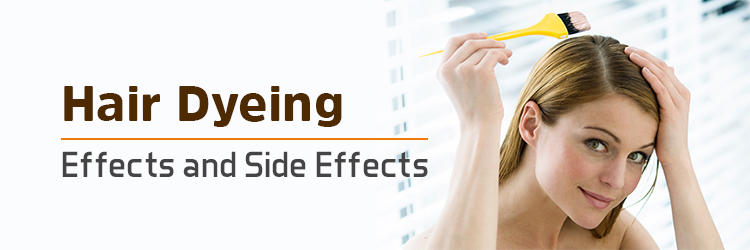
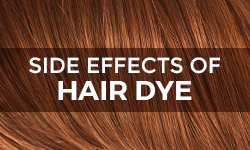
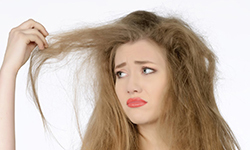 It is well known that hair dyes or hair colors contain peroxide and ammonia. Ammonia works as a breakthrough agent on your hair whereas the peroxide bleaches the hair’s natural pigment by stripping away its original color. These chemicals play the role of relaxing the hair cuticles for the hair color to reach the hair cortex (the cortex is the thickest part of the hair shaft and contains its color pigment or melanin) and bleach out the natural pigment. Altering the natural hair color through chemicals can cause hair damage. In fact, over treating or over processing your hair with these chemicals can make it brittle, dull and dry. In some extreme cases the only way to get rid of chemically damaged/over processed hair is only by chopping it off!
It is well known that hair dyes or hair colors contain peroxide and ammonia. Ammonia works as a breakthrough agent on your hair whereas the peroxide bleaches the hair’s natural pigment by stripping away its original color. These chemicals play the role of relaxing the hair cuticles for the hair color to reach the hair cortex (the cortex is the thickest part of the hair shaft and contains its color pigment or melanin) and bleach out the natural pigment. Altering the natural hair color through chemicals can cause hair damage. In fact, over treating or over processing your hair with these chemicals can make it brittle, dull and dry. In some extreme cases the only way to get rid of chemically damaged/over processed hair is only by chopping it off!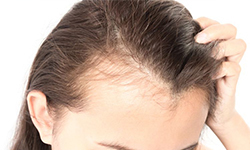 s contain paraphenylenediamine, an allergen, which can cause reactions among users such as skin redness, scaling, itchiness, split ends, dryness, lusterless hair, excessive hair loss, swelling on scalp or face & neck and greying.Especially those who have contact dermatitis can have an allergic reaction due to the presence of PPD and other chemicals in hair dyes. People who suffer from skin conditions such as eczema or psoriasis should, ideally, not use hair dyes or hair color.
s contain paraphenylenediamine, an allergen, which can cause reactions among users such as skin redness, scaling, itchiness, split ends, dryness, lusterless hair, excessive hair loss, swelling on scalp or face & neck and greying.Especially those who have contact dermatitis can have an allergic reaction due to the presence of PPD and other chemicals in hair dyes. People who suffer from skin conditions such as eczema or psoriasis should, ideally, not use hair dyes or hair color. Research shows that permanent hair dyes have an ingredient in them called lead acetate which can have an adverse effect on fertility of both men and women.
Research shows that permanent hair dyes have an ingredient in them called lead acetate which can have an adverse effect on fertility of both men and women.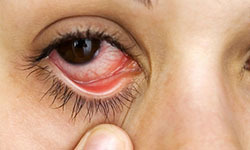 A lot of caution must be exercised while hair dyeing as any contact between these chemicals and sensitive parts of the body can be hazardous. For example, if the hair dye comes in contact with the eyes it can lead to conjunctivitis, pink eye or inflammation and discomfort.
A lot of caution must be exercised while hair dyeing as any contact between these chemicals and sensitive parts of the body can be hazardous. For example, if the hair dye comes in contact with the eyes it can lead to conjunctivitis, pink eye or inflammation and discomfort.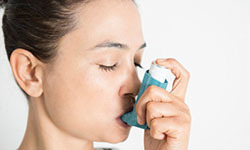 Asthma patients must stay away from hair dyeing or hair coloring as they contain paraphenylenediamine or PPD, persulphates (found in bleaching agents) and ammonia. Constant exposure to these chemicals can result in coughing, wheezing, lung inflammation, throat discomfort, and in severe cases even asthma attacks.
Asthma patients must stay away from hair dyeing or hair coloring as they contain paraphenylenediamine or PPD, persulphates (found in bleaching agents) and ammonia. Constant exposure to these chemicals can result in coughing, wheezing, lung inflammation, throat discomfort, and in severe cases even asthma attacks. Initially when hair dyes and hair colors were just hitting the markets, they did contain certain compounds which were shown to be carcinogenic or cancer-causing in nature. Although these were later replaced by non-toxic formulas, it has not been proven beyond a doubt that hair dyes/hair colors do not contain cancer-causing chemicals.
Initially when hair dyes and hair colors were just hitting the markets, they did contain certain compounds which were shown to be carcinogenic or cancer-causing in nature. Although these were later replaced by non-toxic formulas, it has not been proven beyond a doubt that hair dyes/hair colors do not contain cancer-causing chemicals.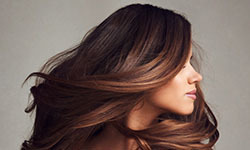 Now this can seem a trivial concern in comparison to the ones mentioned above but the fact remains that hair coloring/hair dyeing is a long, continuous process that involves regular touch ups, post process care, specific products and a lot of time and money to prevent hair damage and maintain lustrous hair.
Now this can seem a trivial concern in comparison to the ones mentioned above but the fact remains that hair coloring/hair dyeing is a long, continuous process that involves regular touch ups, post process care, specific products and a lot of time and money to prevent hair damage and maintain lustrous hair.